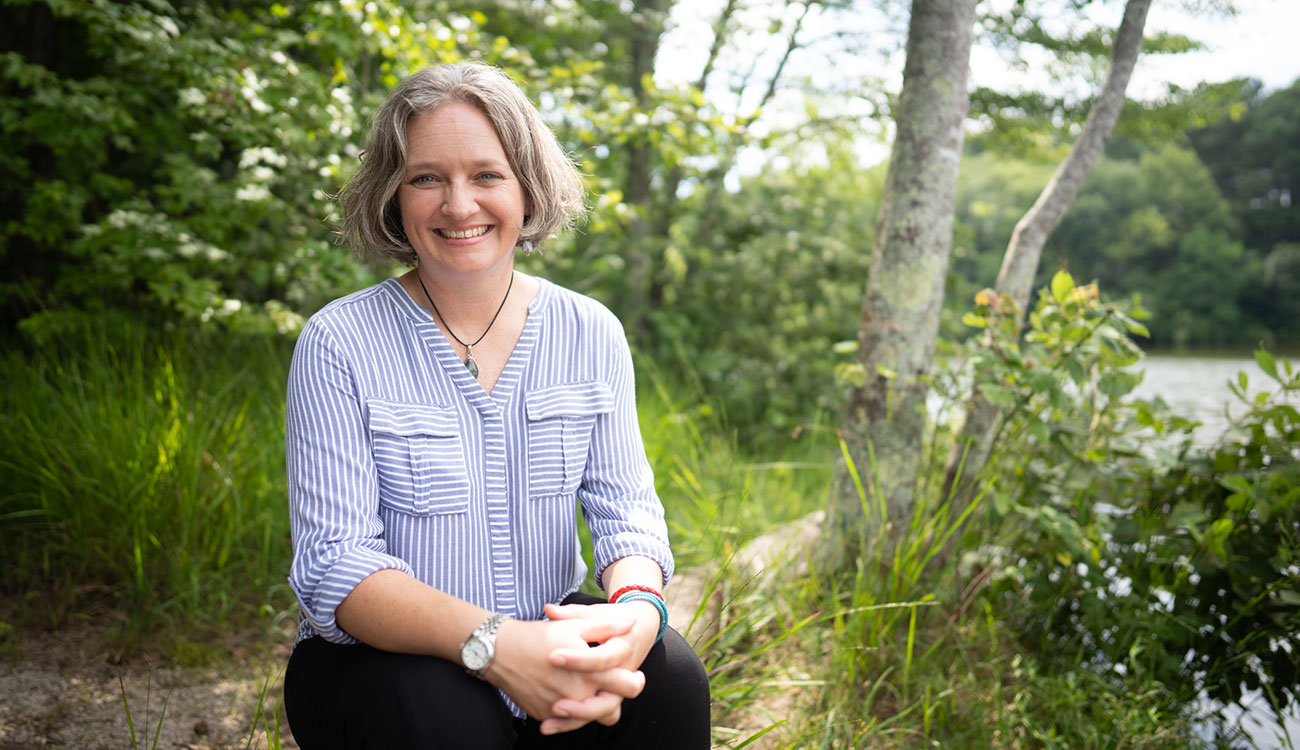



Water birds help measure staying power of avian influenza virus
Influenza A can stay alive and infectious outside of ducks for much longer than was previously thought
© Jason Thrasher
For years, Rebecca Poulson, assistant research scientist in UGA’s College of Veterinary Medicine and the Poultry Diagnostic and Research Center, has been investigating the pathways of influenza A (“bird flu”) viruses in waterfowl and shorebirds throughout North America. It’s been known for years that these viruses, which are usually harmless to birds, take up residence in their guts and are returned to the wild through the birds’ droppings.
Last year, however, Poulson and her research team discovered that these viruses can stay alive and infectious outside of ducks for much longer than was previously thought. How long? A whole seven months.
To understand how long the virus might remain viable outside the birds, Poulson and her team took oral and fecal samples. Once they got the samples, they held them in the environment and found the virus was still capable of infecting other birds—more than half a year later.
“Our work showed us that if the virus has the right kind of makeup and there’s enough of it, it can persist long enough so that when the birds come back—weeks to months later—they may become infected with that same virus,” said Poulson.

© Angelique Nijssen/iStock
With the current COVID-19 pandemic, it’s no secret that much rides on our understanding the SARS-CoV-2 virus’ vectors and longevity of microbes outside the body, as well as their movement. Poulson is similarly interested in the migration of influenza viruses with their hosts, especially shorebirds.
“In the late spring, the shorebirds are moving from their southern overwintering grounds up to the Arctic to breed,” explained Poulson. “And they make that long-distance flight in such a short amount of time that it’s calorically costly, so these birds descend en masse along the southeast U.S. and Delaware Bay coastlines to gorge on the eggs of horseshoe crabs, which are a really awesome energy source for them.”
For the birds, it’s perfect timing because, just at the moment they’re about to make a nonstop flight to the Arctic and are ready to chow down, the horseshoe crabs are making their way from the sea to the shore to lay millions of those little energy bundles. And that’s where the birds start sharing the virus in large groups.
With hordes of birds using small stretches of shoreline, there is a lot of virus transfer taking place. By comparing the viruses found in shorebirds in Delaware Bay to those found along the southeastern U.S. coastlines, Poulson and her team are starting to piece together how these flu viruses are travelling and being transmitted, and where they may be maintained during other times of year.








